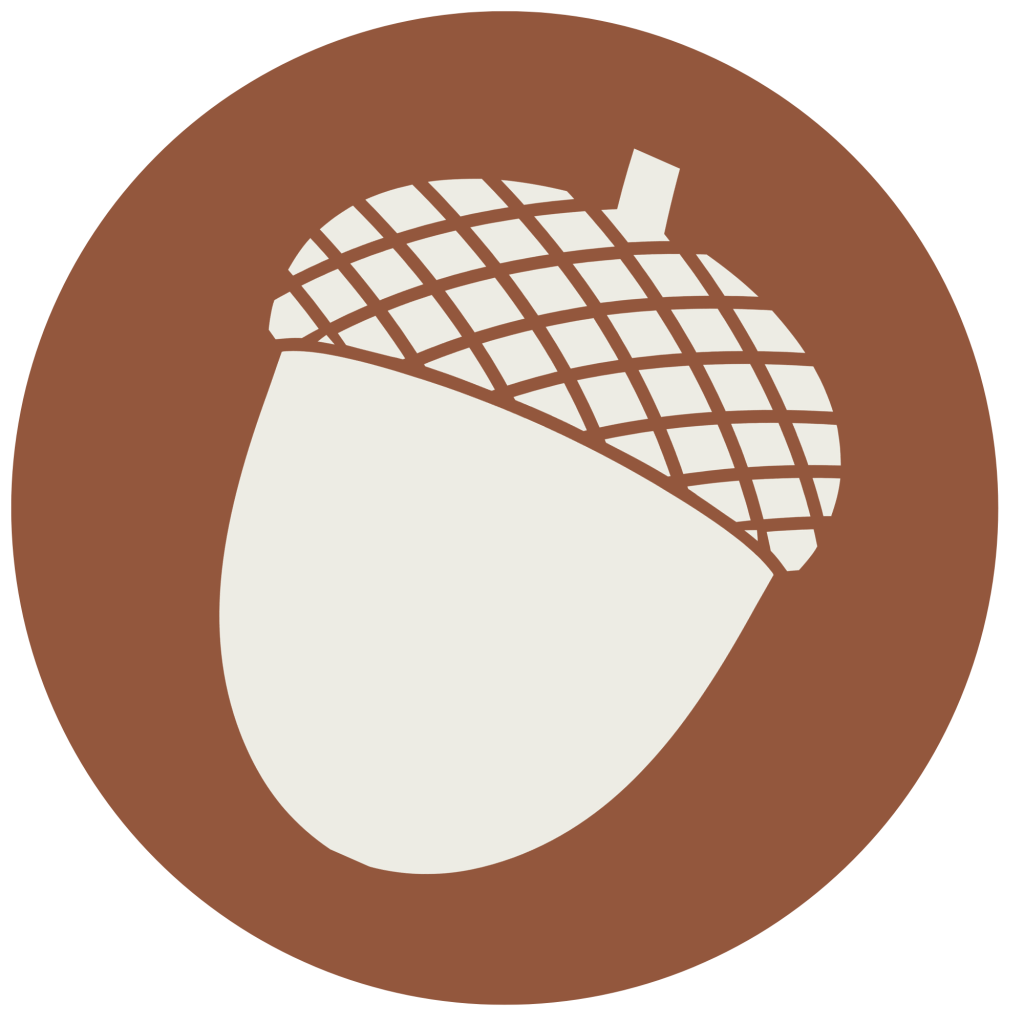
There is always room for growth: expanding your own understanding and sharing what you know with others are two important aspects of creating connected, resilient habitats across the landscape.
Little Habitat Certification Levels
Level I: Acorn

- Choose one action item.
Level II: Seedling

- Choose two action items.
Level III: Oak

- Choose three action items.
Education Actions
Participate in Community Science Projects

Community science is when the general public helps participate in scientific investigations and data collection to help research projects. Community science data can be collected at your own home or in public spaces.
Attend Continuing Education Opportunities

Attend continuing educational opportunities such as virtual presentations, workshops, radio shows, or field trips. Continuing education will help contribute to life-long learning and staying up to date on the latest knowledge on creating wildlife friendly landscapes.
Write a Blog Post

Write a blog post for the Marion SWCD website. Topics could include highlighting projects implemented, wildlife species spotted on the property, or any conservation related topic that interests you.
For More Info…
Recruit Two New Little Habitat Participants

Recruit 2 people to sign up for The Little Habitat Project. Eligible areas to enroll include:
- Private Yard/Gardens
- Townhomes/Apartments
- HOA Common Areas
- Schoolyards/ Universities/Community Colleges
- Assisted Living Centers
- Public Parks
- Municipal Buildings
- Places of Worship
- Cemeteries
- Golf Courses
- Commercial Landscapes
For More Info…
- See the Little Habitat Certification form
Teach Your Neighbors

Teaching your neighbors about the importance of making spaces for wildlife can encourage more people to get involved in this effort. Wildlife species are facing threats from many kinds of human activities such as habitats being converted to other land uses, the spread of invasive species spreading, and pollution entering the environment. These factors can limit the ability of wildlife to find the resources they need to survive.
For More Info…
Volunteer to Support Wildlife Habitat

Volunteering for organizations or parks that are helping to help improve wildlife habitat is a rewarding and impactful way to make a difference in your local environment. Tasks could include planting native plants, removing invasive weeds, and applying mulch.

